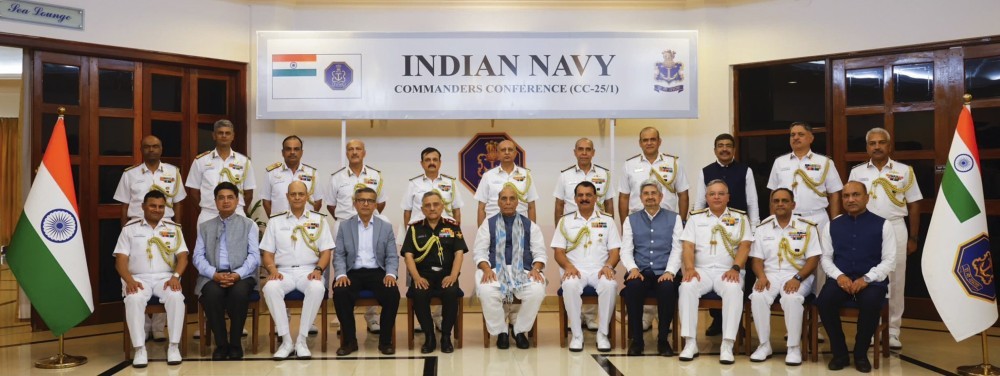
First light with HiPERCAM -- the spiral galaxy NGC 4800, which lies at a distance of 80 million light years. Photo: Dept of Physics & Astronomy, University of Sheffield
LONDON (PTI): An Indian-origin scientist in the UK is leading a new high-speed space camera project that is expected to revolutionise our understanding of stars and black holes.
Professor Vik Dhillon and his team at University of Sheffield in the UK were joined by experts from around the world on the HiPERCAM project, which involves the creation of a new camera that can take more than 1,000 images per second.
The camera went live on the world's largest optical telescope, Gran Telescopio Canarias (GTC), this week.
It will take high-speed images of objects in the universe, allowing their rapid brightness variations due to phenomena such as eclipses and explosions to be studied in unprecedented detail.
"The combination of HiPERCAM and the world's largest telescope provides us with a unique, new view of the universe, which history tells us is when major new discoveries are made. Astronomers are excited to use HiPERCAM on the GTC to start exploring the Universe at high speed," said Dhillon, Professor of Astrophysics at the University of Sheffield and Affiliated Researcher at the Instituto de Astrofisica de Canarias (IAC).
"Normal cameras installed on large telescopes usually capture only one picture every few minutes. HiPERCAM can take one picture every millisecond. The high speed essentially provides a slow-motion view of rapidly varying celestial objects," he added.
"The high-speed images are also captured in five different colours simultaneously, which means we can instantly tell the difference between hot stars which are burning at tens of thousands of degrees Celsius and are blue in colour - and cooler stars, which appear red and are burning at only a few thousand degrees."
The pioneering five-year project was funded by a 3.5-million-euro grant from the European Research Council (ERC) and is being conducted in partnership with the Science and Technology Facilities Council's Astronomy Technology Centre (ATC) and the IAC, along with researchers from the University of Warwick and Durham University in Britain.
The GTC is based on the island of La Palma, situated 2,500 metres above sea level, which is considered one of the best places in the world to study the night sky.
Data captured by the camera, taken in five different colours simultaneously, will let scientists study the remnants of dead stars such as white dwarfs, neutron stars and black holes.
These are key objects within astrophysics as their extreme gravities, densities and pressures allow researchers to test theories of fundamental physics, such as general relativity and quantum mechanics.
By observing objects in the Solar System pass in front of background stars, HiPERCAM will also teach scientists about the sizes and shapes of the minor planets beyond Pluto's orbit, and whether or not they possess atmospheres, rings and satellites.
"The vital role that STFC and UK universities played in developing HiPERCAM is a testament to the work of our world class scientists," Britain's Science and Universities Minister, Sam Gyimah, said.
This game-changing camera that will be installed on the world's largest telescope will not only deepen our understanding of white dwarfs, neutron stars and black holes in our universe, but it will help maintain our reputation as being a global-leader in research and development.
"It is projects such as these, and collaboration with partners and universities from across the world, which underpins our ambitious modern Industrial Strategy to boost innovation and help create a Britain fit for the future."
"HiPERCAM was a challenging project that pushed the design team to fit a lot of scientific potential into a small space," Martin Black, an optical engineer from the Science and Technology Facilities Council's UK Astronomy Technology Centre (UK ATC) and part of the HiPERCAM team, said.
"The team had to work closely together to ensure everything fit together and to correctly position the cameras to around 30 microns, about the width of a human hair."
 Previous Article
Previous Article Next Article
Next Article













The Indian Air Force, in its flight trials evaluation report submitted before the Defence Ministry l..
view articleAn insight into the Medium Multi-Role Combat Aircraft competition...
view articleSky enthusiasts can now spot the International Space Station (ISS) commanded by Indian-American astr..
view article